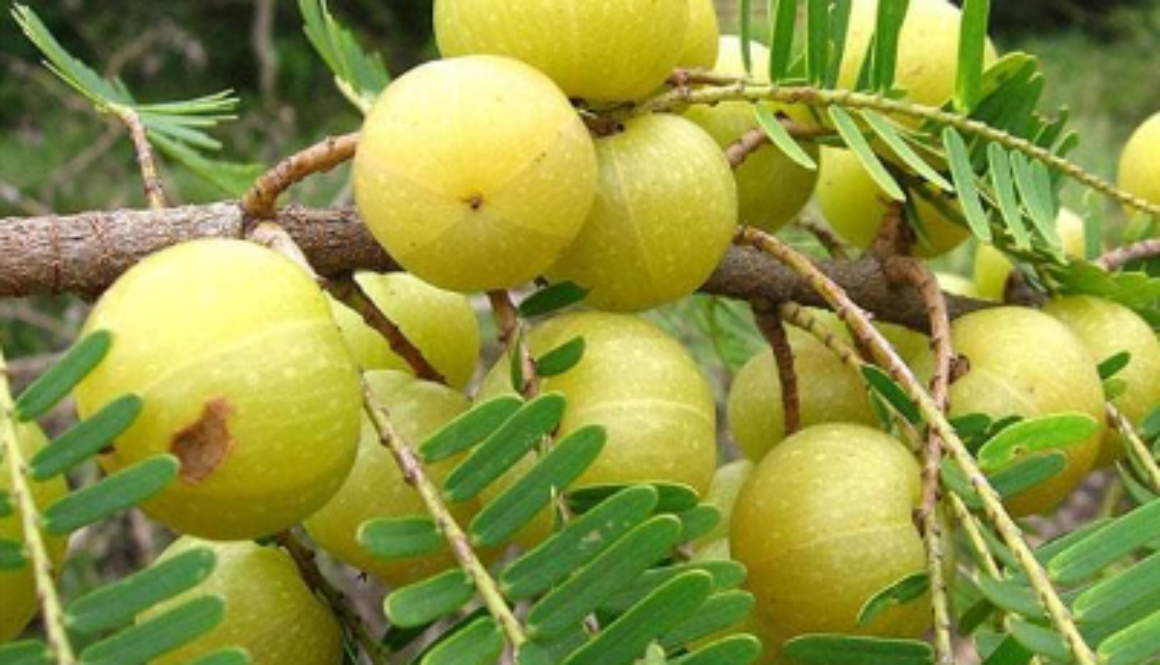Indian gooseberry
Indian gooseberry, scientifically known as Phyllanthus emblica or Emblica officinalis, is a small to medium-sized tree native to India and other parts of Southeast Asia. Commonly referred to as “Amla,” it is highly valued in traditional Ayurvedic medicine and modern health practices for its rich nutrient profile and potent medicinal properties. Amla is particularly known for its high vitamin C content and antioxidant properties.
Part Used: The primary part of the Indian gooseberry tree used for its medicinal benefits is the fruit. Amla fruits are small, greenish-yellow, and have a distinctly sour and tangy taste. These fruits can be consumed fresh, dried, or processed into various forms such as powders, juices, and extracts. The fruit is renowned for its high vitamin C content, polyphenols, and other bioactive compounds that contribute to its health-promoting properties.
Usage: Amla is extensively used in traditional medicine to support overall health and wellness. It is known to boost the immune system, improve digestion, and promote healthy skin and hair. In Ayurvedic practices, Amla is used to balance the three doshas (Vata, Pitta, and Kapha) and is believed to enhance vitality and longevity. It is also used to manage conditions like diabetes, respiratory infections, and cardiovascular diseases. Modern applications of Amla include dietary supplements, hair care products, and skincare formulations due to its antioxidant and anti-inflammatory properties.
Agrotechniques: Cultivating Indian gooseberry requires a subtropical to tropical climate with well-drained soil and full sunlight. Amla trees are drought-tolerant and can thrive in a variety of soil types, including sandy and loamy soils. Propagation is typically done through seeds or vegetative methods like grafting. Planting is usually carried out during the monsoon season to ensure adequate moisture. Regular watering and annual fertilization with organic compost or manure enhance growth and fruit production. Pruning is essential to maintain tree shape and health. Harvesting of Amla fruits is done in the autumn when they turn greenish-yellow, ensuring they are picked at the peak of their nutritional content.

